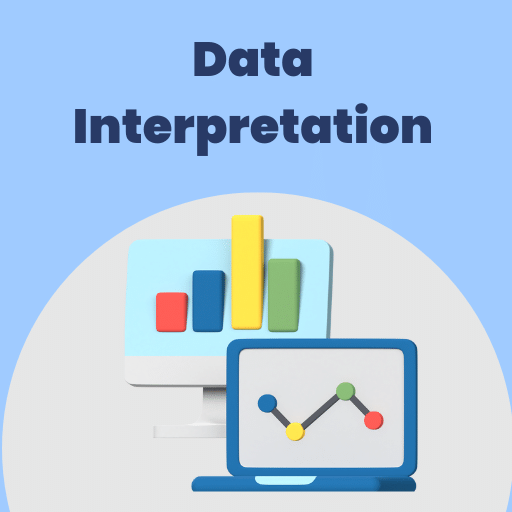Classification of Data | UGC NET Commerce Preparation Course PDF Download
What is Classification of Data?

Statistical analysis requires gathering various types of data in raw form. To simplify analysis, this raw data is categorized into groups based on their attributes. This grouping, known as the Classification of Data, involves creating classes with similar characteristics. Classification can be based on Geographical, Chronological, Qualitative (Simple and Manifold), and Quantitative/Numerical criteria.
For instance, to assess the poverty level of a state, an investigator may gather data on individuals and classify them based on factors like income and education.
The main objectives of Classification of Data are as follows:
- Explain similarities and differences of data
- Simplify and condense data’s mass
- Facilitate comparisons
- Study the relationship
- Prepare data for tabular presentation
- Present a mental picture of the data
Basis of Classification of Data

The classification of statistical data is typically determined by the scope, nature, and objectives of the investigation and is generally based on four factors: geographical location, time period, qualitative characteristics, and quantitative characteristics.
Geographical Classification:
Geographical classification involves categorizing data based on the physical locations or regions they pertain to. This method helps in analyzing information according to different geographical areas such as countries, states, cities, or any other spatial divisions.
Chronological Classification:
Chronological classification organizes data according to time sequences. By arranging data in chronological order, it becomes easier to observe trends, patterns, and changes over time. This classification is crucial in historical analysis, trend forecasting, and understanding temporal relationships.

Qualitative Classification:
Qualitative classification focuses on the inherent qualities or characteristics of data rather than numerical values. It involves grouping data based on descriptive attributes such as color, size, shape, or any other qualitative aspect. Within qualitative classification, there are two main approaches:
- Simple Classification: This involves categorizing data based on one characteristic or quality.

- Manifold Classification: In this approach, data is classified based on multiple qualitative attributes, allowing for a more detailed and comprehensive categorization.

Quantitative Classification:
Quantitative classification involves organizing data based on numerical values or measurable quantities. This method is essential in statistical analysis, where data is grouped into intervals or categories based on numerical criteria. Quantitative classification enables researchers to perform numerical calculations, statistical tests, and draw quantitative insights from the data.

|
235 docs|166 tests
|
FAQs on Classification of Data - UGC NET Commerce Preparation Course
| 1. What is the basis of classification of data in statistics? |  |
| 2. What are the objectives of data classification? |  |
| 3. What are the types of data classification? |  |
| 4. How can data classification be useful in UGC NET exams? |  |
| 5. Why is it important to classify data in statistics? |  |































